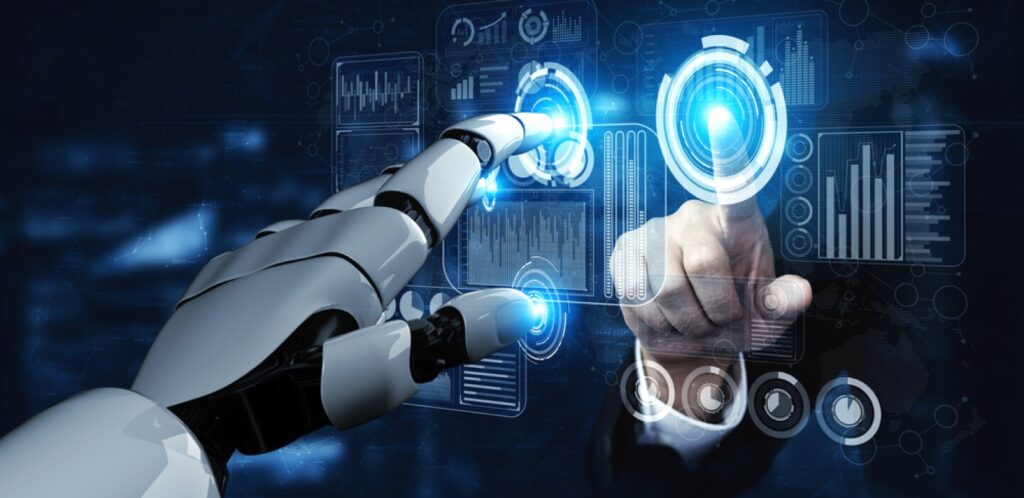February 07, 2025
Artificial Intelligence (AI) and Machine Learning (ML) are no longer futuristic concepts; they are pivotal forces driving transformation across industries. From enhancing efficiency to enabling groundbreaking innovations, AI and ML are reshaping the way we live, work, and interact. In this blog, we explore the profound impact of these technologies, their applications, and the strategies businesses can adopt to harness their potential.
Understanding AI and ML
Artificial Intelligence (AI): AI refers to the simulation of human intelligence in machines. It enables systems to perform tasks such as decision-making, problem-solving, and language comprehension.
Machine Learning (ML): ML, a subset of AI, focuses on enabling machines to learn from data and improve over time without explicit programming. It uses algorithms to identify patterns and make predictions or decisions.
Key Applications of AI and ML
- Healthcare Transformation:
- AI-powered diagnostic tools analyze medical images with precision, aiding early disease detection.
- ML algorithms personalize treatment plans based on patient data, improving outcomes.
- Chatbots and virtual assistants streamline patient support and administrative tasks.
- Enhanced Customer Experiences:
- AI-driven chatbots offer instant, personalized responses to customer queries.
- Predictive analytics helps businesses anticipate customer needs and recommend tailored products.
- Sentiment analysis tools monitor brand perception and customer satisfaction in real time.
- Smart Manufacturing:
- Predictive maintenance minimizes equipment downtime and reduces costs.
- Automation powered by AI optimizes production lines, enhancing efficiency and accuracy.
- Quality control systems leverage ML to detect defects faster than traditional methods.
- Financial Services Innovation:
- AI identifies fraudulent transactions, enhancing security and trust.
- Robo-advisors provide personalized investment advice, democratizing wealth management.
- Credit scoring models use ML to assess creditworthiness more accurately.
- Revolutionizing Education:
- Adaptive learning platforms tailor content to individual student needs and progress.
- AI-powered administrative tools reduce workload, allowing educators to focus on teaching.
- Data analytics enables institutions to identify at-risk students and intervene proactively.
Challenges in Implementing AI and ML
- Data Privacy and Security: Organizations must ensure compliance with regulations and adopt robust security measures to protect sensitive data.
- Bias in Algorithms: ML models can inherit biases from training data, leading to unfair outcomes. Continuous monitoring and ethical practices are essential.
- Skills Gap: There is a growing demand for professionals with expertise in AI and ML. Businesses should invest in upskilling their workforce.
- Integration Complexity: Incorporating AI and ML into existing systems requires strategic planning and resources.
Strategies for Success
- Define Clear Objectives: Start with specific goals to guide AI and ML adoption effectively.
- Invest in Quality Data: Accurate and diverse data is critical for training reliable AI and ML models.
- Collaborate with Experts: Partner with AI specialists, universities, or tech companies to accelerate implementation.
- Promote a Culture of Innovation: Encourage experimentation and embrace failure as part of the learning process.
- Monitor and Iterate: Continuously evaluate the performance of AI and ML solutions, making adjustments as needed.
The Road Ahead
AI and ML are set to revolutionize industries even further with advancements in areas such as natural language processing, computer vision, and quantum computing. Businesses that embrace these technologies stand to gain a competitive edge, unlocking new opportunities for innovation and growth.
In conclusion, the integration of AI and ML into business strategies is no longer optional—it is imperative. By understanding their potential and addressing implementation challenges, organizations can leverage these technologies to shape a smarter, more efficient, and inclusive future.

